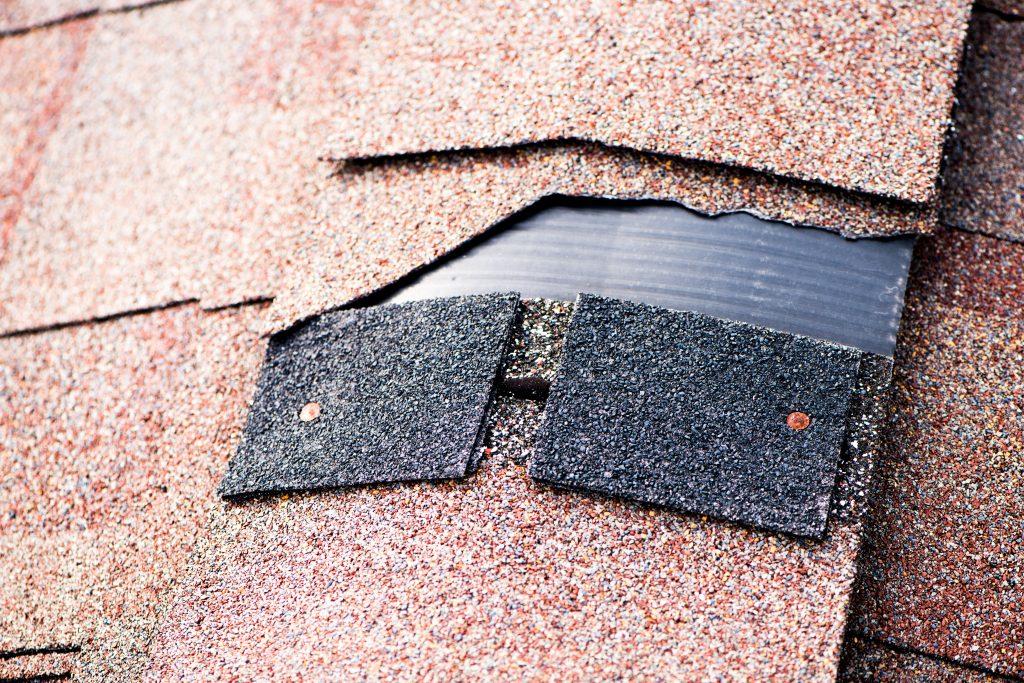Roof leaks can be a homeowner’s worst nightmare, leading to water damage, mold growth, and costly repairs. Identifying the source of a roof leak is crucial for timely and effective repairs. Roof leaks can occur due to various reasons, and understanding the different types of roof leaks can help homeowners and roofing professionals pinpoint the problem areas. In this article, we will explore the common types of roof leaks, their causes, and effective solutions to address them. By understanding these different types, you can take proactive measures to prevent leaks and protect your home from water damage.

Missing or Damaged Shingles: Shingle-related Leaks
One common cause of roof leaks is missing or damaged shingles. Shingles can become loose or get blown away by strong winds, leaving the roof vulnerable to water penetration. Additionally, shingles can deteriorate over time due to aging or improper installation, leading to leaks. Regularly inspecting the roof for missing or damaged shingles and promptly replacing them can help prevent water infiltration.
Flashing Issues: Flashing-related Leaks
Flashing plays a crucial role in waterproofing vulnerable areas of the roof, such as chimneys, skylights, and vents. If the flashing is damaged, improperly installed, or deteriorated, it can allow water to seep into the roof. Inspecting the flashing regularly and ensuring it is in good condition is essential for preventing leaks. If any issues are identified, prompt repair or replacement of the flashing is necessary.
Damaged Roof Valleys: Valley-related Leaks
Roof valleys are the intersections where two sloping roof planes meet. They actively experience leaks if not actively sealed properly or if the valley flashing actively sustains damage. Water can accumulate in the valleys and seep through the roofing material, causing leaks. Regularly inspecting and maintaining the roof valleys, including checking the condition of the flashing and ensuring proper sealing, can help prevent leaks in this area.
Clogged Gutters and Downspouts: Water Overflow-related Leaks
Clogged gutters and downspouts can lead to water overflow, causing leaks and water damage to the roof. When gutters actively fill with debris, water actively cannot flow freely, and it can actively back up under the roof’s edge, actively resulting in leaks. Regular gutter cleaning and maintenance are essential to ensure proper water drainage and prevent potential roof leaks.
Skylight and Ventilation Leaks: Skylight and Ventilation-related Leaks
Skylights and ventilation systems are common features in many roofs, and if not properly installed or maintained, they can be sources of leaks. Improper flashing or sealant around skylights and vents can allow water to enter the roof. Regularly inspecting these areas and ensuring proper installation and sealing can help prevent leaks.
Conclusion:
Understanding the different types of roof leaks and their causes is crucial for homeowners to identify and address potential issues promptly. Whether it’s missing or damaged shingles, flashing issues, damaged roof valleys, clogged gutters, or problems with skylights and ventilation, taking proactive measures such as regular inspections and maintenance can prevent leaks and protect your home from water damage. If you experience persistent or severe roof leaks, it is advisable to consult with a professional roofing contractor to assess the situation and provide the necessary repairs or solutions. By staying vigilant and addressing roof leaks promptly, you can maintain a dry, safe, and well-protected home.



Leave a Reply